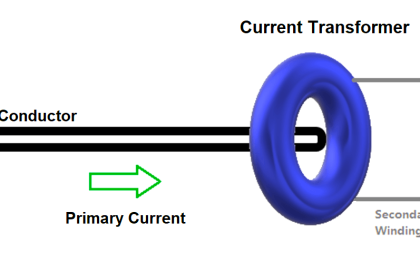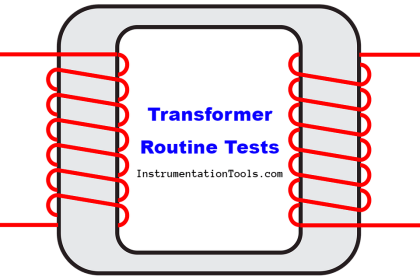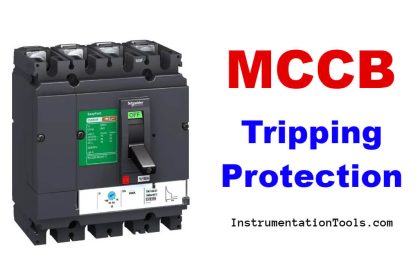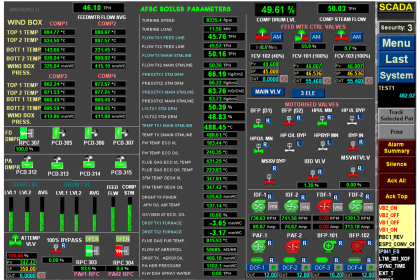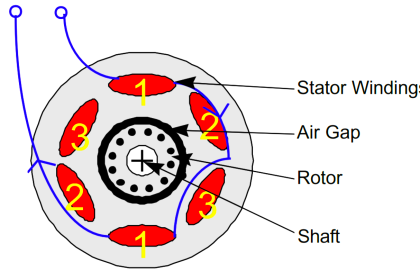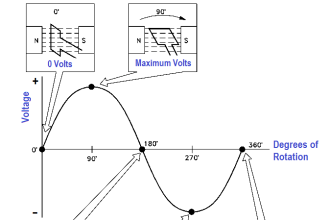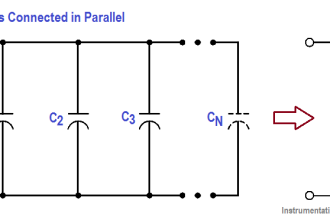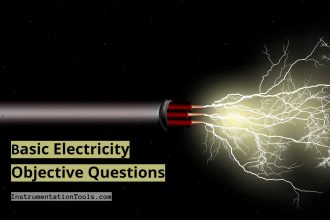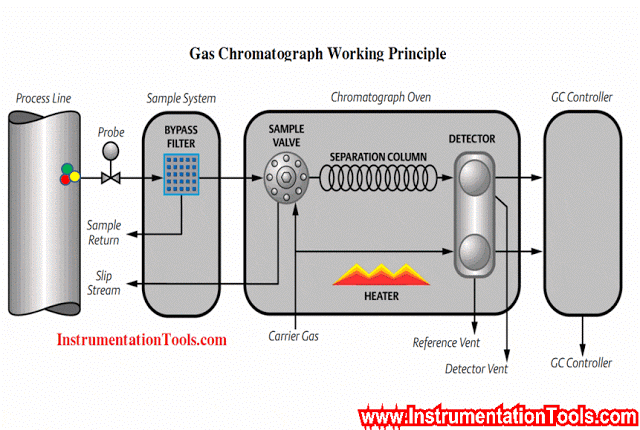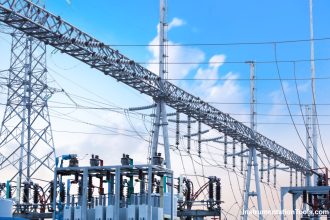Industrial automation has a very important component in it – variable frequency drive or VFD. A VFD is an electronic device that is used to control the speed of a motor at any desired frequency. This allows you to control an application as per your demand.
When an engineer goes to install or service a VFD, not many know that it is a very difficult job. Because VFD controls the speed of the motor, electrical knowledge is a must for that engineer, apart from knowing the VFD parameters.
In this article, we will learn what all skills a VFD installation engineer has and what general roles and responsibilities he needs to carry.
VFD Engineer
Let us first understand properly what a VFD does. Simply consider a water pump in your building complex. The operator is required to pump the water daily for a set time to all the flats. For that, the pump motor will be required to set its frequency. When set at a desired frequency, the VFD will accordingly move the motor at the corresponding speed.
Suppose a situation arrives where the demand increases or decreases. Instead of pumping the water at the regular frequency he sets, he will now have to increase or decrease the frequency of VFD, which will increase or decrease the corresponding speed of the motor. This is the function of a VFD.
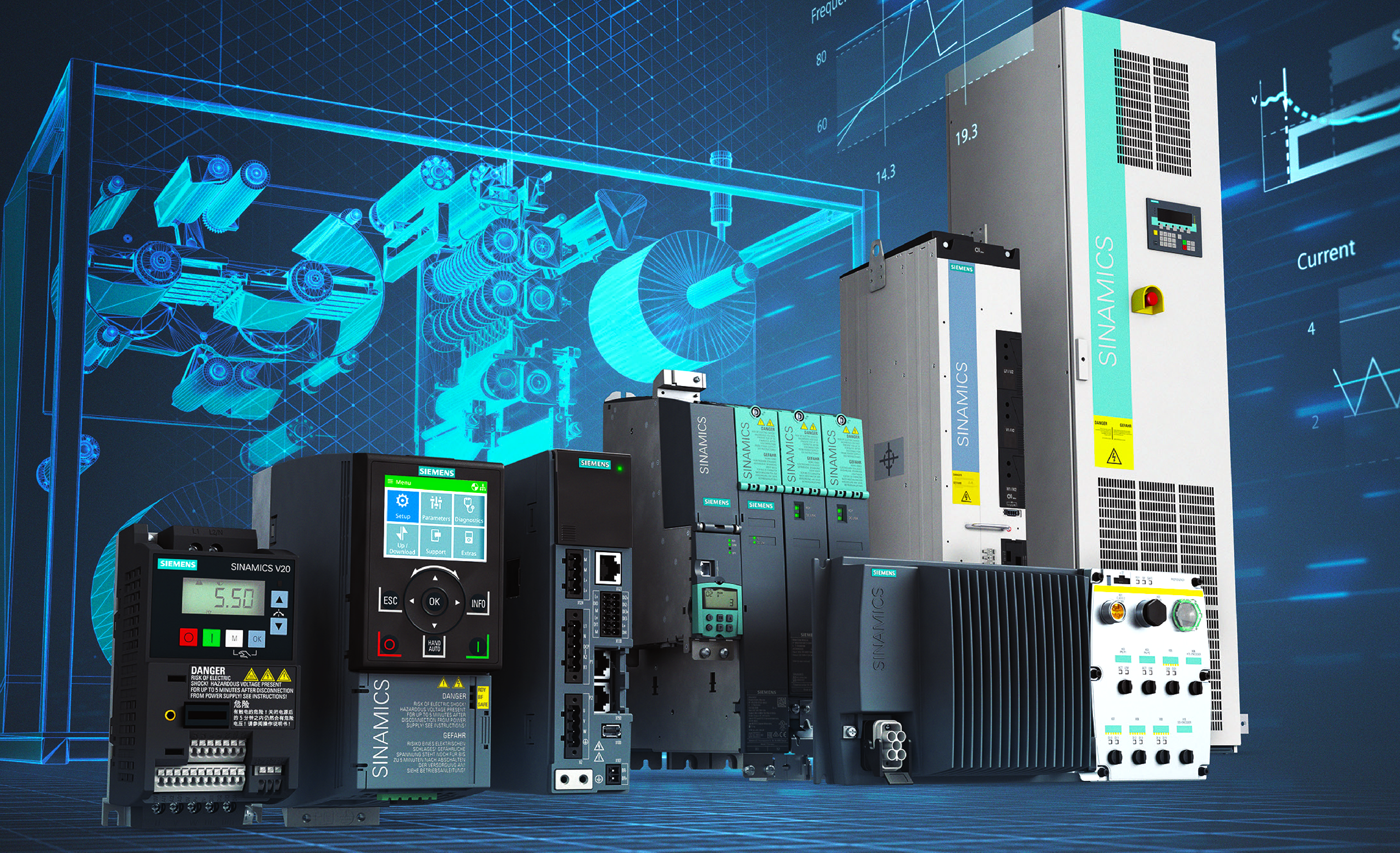
A VFD has many parameters in it for controlling the VFD. The parameters can control the ramp time, current drawn, speed of the motor, reference settings, types of faults in the VFD, semiconductor devices (like IGBT, SCR) protection parameters, braking settings, etc. These are just a few generals discussed; a VFD has hundreds of parameters in it. So, the first skill set required for a VFD engineer is understanding the VFD parameters.
VFD is produced by many different manufacturers, but almost all of them have common parameters and settings. Only a few will vary depending on the manufacturer. So, if he is asked to install or service a VFD, he will first need to understand what settings he requires to check so that he can accomplish the task easily. If he understands the meaning of them easily, then he can interpret the requirements of the customer easily and set the parameters accordingly.
The next big skill set required is electrical engineering. When you are dealing with a motor, you must know its parameters like current, voltage, frequency, speed, power, torque, braking, DC injection, slip characteristics, ramping time, etc. A motor in running condition can produce faults too sometimes.
There are numerous types of faults, which can be interpreted easily when reading its manual. But, for that, it is important to understand how this fault occurred and how it can be resolved. So, for that, it is important to know the electrical characteristics of the motor as well as the VFD. He must also be able to tune the VFD parameters for the motor when it is frequently giving the same type of fault. This tuning can help resolve the fault that occurred.
Roles and Responsibilities of VFD Engineer
Now that we have got through the skills required, let us see some general types of roles and responsibilities a VFD engineer usually performs at the site:
- VFD engineers must be able to install the VFD by setting the parameters according to the program required for motor control.
- VFD engineers must be able to service the VFD when any fault occurs in it.
- VFD engineers must be able to understand the automation requirements of a PLC programmer, on how to control the speed of the motor through PLC, if used. A PLC can have various interfaces, be it hardwire or through communication. He must be able to interpret how data transfer will happen between PLC and VFD, to program it accordingly.
- VFD engineers must be able to understand the electronic semiconductor characteristics because semiconductors are used in a VFD.
- VFD engineers must be able to tune the VFD parameters if it is required that the VFD is ramping up or down frequently the motor; just like PID tuning in PLC.
- VFD engineers must be able to understand the electrical drawings, as the control wiring is a very important part of the VFD. Without this, he cannot troubleshoot any electrical wiring with the VFD.
- VFD engineers must have knowledge of safety rules and regulations when working with VFD applications because it involves heavy electrical duty and can pose a risk if not worked on safely and efficiently.
- VFD engineers must be able to work safely in high voltage or heavy load applications.
- In case of breakdown or preventive maintenance, VFD engineers must quickly adapt to the situation and respond accordingly. Any lag in it can disrupt the schedule of the machine working.
- VFD engineers must be able to properly read technical documents.
In this way, we saw the role of a VFD installation engineer in industrial automation.
If you liked this article, then please subscribe to our YouTube Channel for Electrical, Electronics, Instrumentation, PLC, and SCADA video tutorials.
You can also follow us on Facebook and Twitter to receive daily updates.
Read Next:
- What is SMPS? – Types
- What is a Buchholz Relay?
- Importance of Neutral Wire
- Cables between VFD & Motor
- Electrical Feeder Automation

